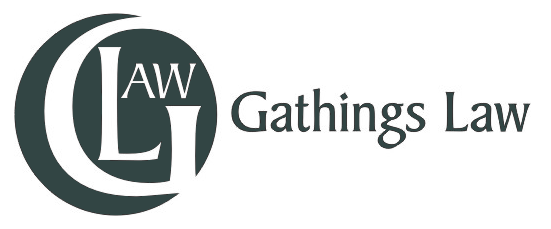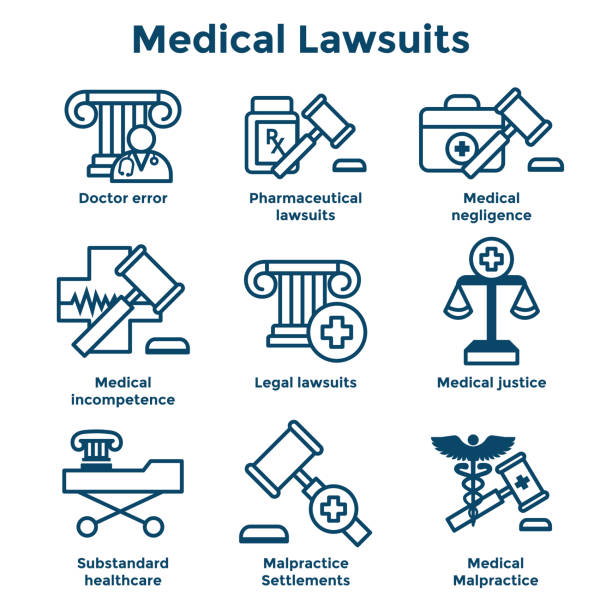A Patient’s Guide to Recognizing Medical Malpractice
Medical malpractice occurs when a healthcare provider’s negligence leads to harm or injury to a patient. While most healthcare professionals are dedicated to providing the best possible care, mistakes can happen. As a patient, it’s crucial to be informed and vigilant about your healthcare. In this guide, we’ll discuss how you can recognize the signs of potential medical malpractice.
1. Understand Your Condition and Treatment:
A key step in recognizing medical malpractice is having a solid understanding of your medical condition and the treatment you’re receiving. Research your condition, treatment options, and potential risks involved. This knowledge empowers you to ask informed questions and make sound decisions about your healthcare.
2. Be Aware of Unusual Symptoms:
One of the most obvious signs of medical malpractice is experiencing unusual symptoms or complications after a procedure, surgery, or treatment. If your symptoms are unexpected, worsen, or don’t improve as anticipated, it’s essential to communicate with your healthcare provider.
3. Misdiagnosis or Delayed Diagnosis:
Misdiagnosis or delayed diagnosis can have serious consequences. If you suspect that your condition was inaccurately diagnosed or that there was an unreasonable delay in diagnosis, it’s crucial to seek a second opinion and consider whether medical malpractice might be a factor.
4. Lack of Informed Consent:
Healthcare providers are legally required to obtain your informed consent before performing any treatment or procedure. If you were not adequately informed about the risks, benefits, and alternatives of a procedure, you might have a case for medical malpractice.
Surgical errors can range from wrong-site surgeries to leaving surgical instruments inside the body. If you experience unexpected complications after a surgery or suspect that an error occurred, consult your healthcare provider and, if necessary, seek legal advice.
6. Medication Errors:
Medication errors, such as receiving the wrong medication or the wrong dosage, can have serious consequences. Always double-check the medications you’re given and ask questions if something seems amiss.
7. Failure to Follow Established Medical Standards:
Medical professionals are expected to adhere to established standards of care. If you believe that your healthcare provider didn’t follow these standards, resulting in harm, it’s essential to document the details and seek legal guidance.
8. Poor Communication:
Effective communication between you and your healthcare provider is vital. If you feel that your concerns weren’t taken seriously, your questions weren’t answered, or you were dismissed without a proper examination, it could be a sign of negligence.
9. Unwillingness to Provide Medical Records:
You have the right to access your medical records. If your healthcare provider refuses to share your records or is uncooperative, it could be a red flag.
10. Seek a Second Opinion:
If you’re unsure about the quality of your medical care, seeking a second opinion from another qualified healthcare provider can provide valuable insights.
Conclusion
Recognizing medical malpractice requires a combination of awareness, education, and advocacy for your own health. While not every medical complication is a result of malpractice, staying informed and speaking up about concerns can help ensure that you receive the best possible care. If you believe you’ve been a victim of medical malpractice, consulting a legal professional experienced in medical malpractice cases is a crucial step toward protecting your rights and seeking justice.
Lloyd W. Gathings
Gathings Law
lgathings@gathingslaw.com
(205) 322-1201

